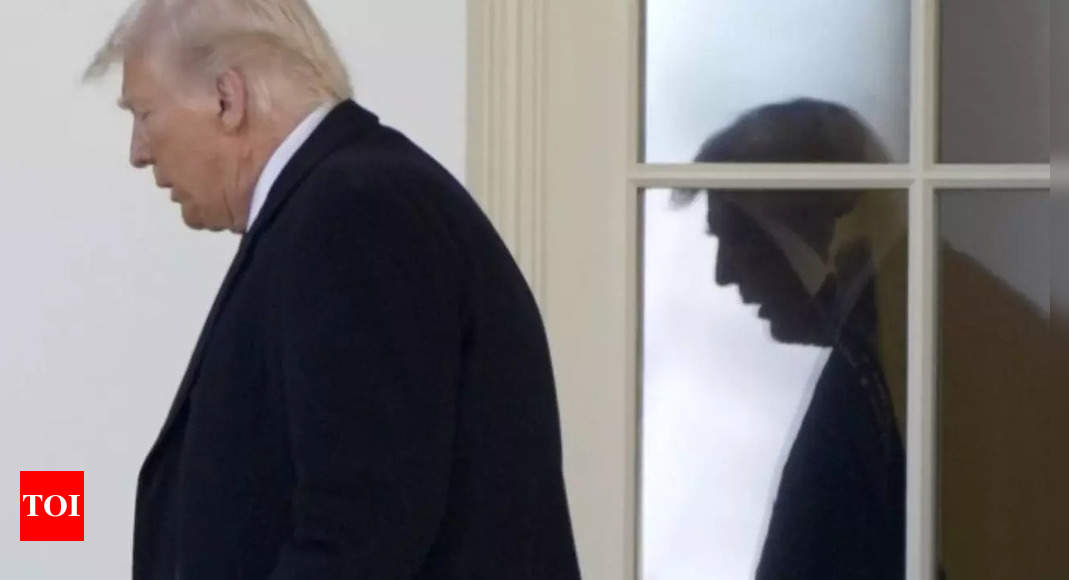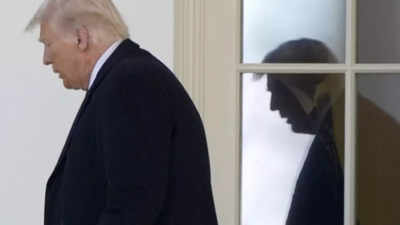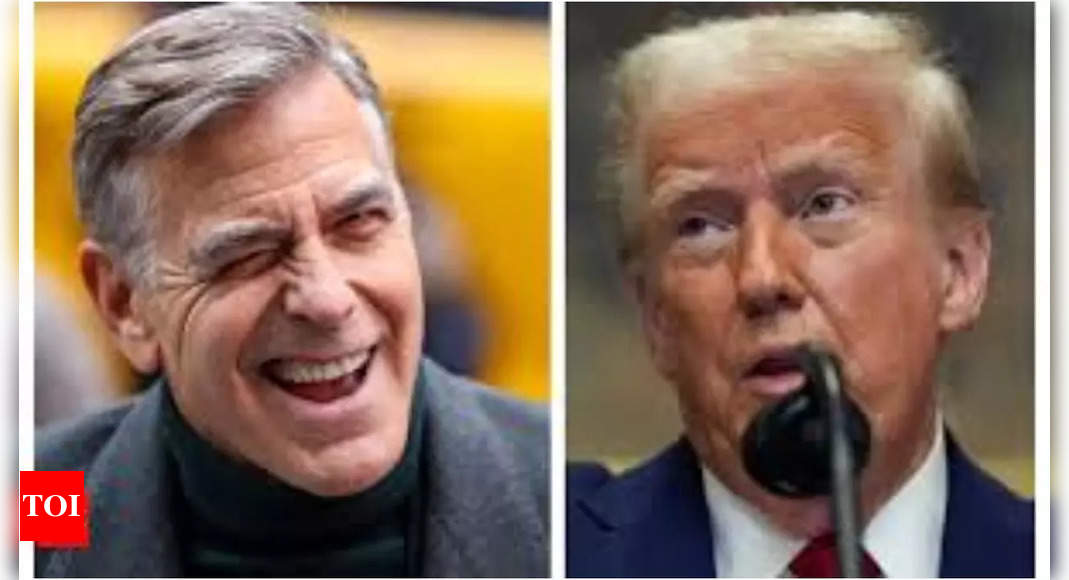US president Donald Trump signed an executive order on Wednesday, implementing a 25% tariff on all foreign-manufactured automotive vehicles. The tariff will be effective from April 2.
“We are going to be very fair… we are going to be nice actually. We have not been treated nicely by other countries, but we are going to be nice. I think people will be pleasantly surprised but it’s going to make our country very rich,” the president said after signing the order.
The directive has prompted threats of retaliatory measures from trading partners ahead of additional trade levies scheduled for next week.
Trump’s earlier threat to impose tariffs on automobiles led to a significant decline in automotive shares in Asian markets at Thursday’s opening. Japan’s prime minister Shigeru Ishiba indicated his administration was evaluating various counter-measures.
Canadian prime minister Mark Carney described Trump’s tariffs as a direct attack on Canadian workers, announcing a cabinet meeting for Thursday to discuss counter-actions.
In a post-announcement briefing, Peter Navarro, Trump’s senior trade and manufacturing counsellor, criticised foreign trade practices that he claimed had transformed America’s robust manufacturing sector into an assembly operation for imported components.
He specifically criticised Germany and Japan for maintaining the production of high-value components within their borders.
Since his January return to office, Trump has established new tariffs on imports from significant US trading partners including Canada, Mexico and China, alongside existing steel and aluminium duties.
The latest charges will supplement existing product tariffs, although vehicles entering under the US-Mexico-Canada Agreement may qualify for reduced rates based on American content levels.
Beyond the automobile industry, Trump is also considering sector-specific tariffs on pharmaceuticals, semiconductors, and lumber.




